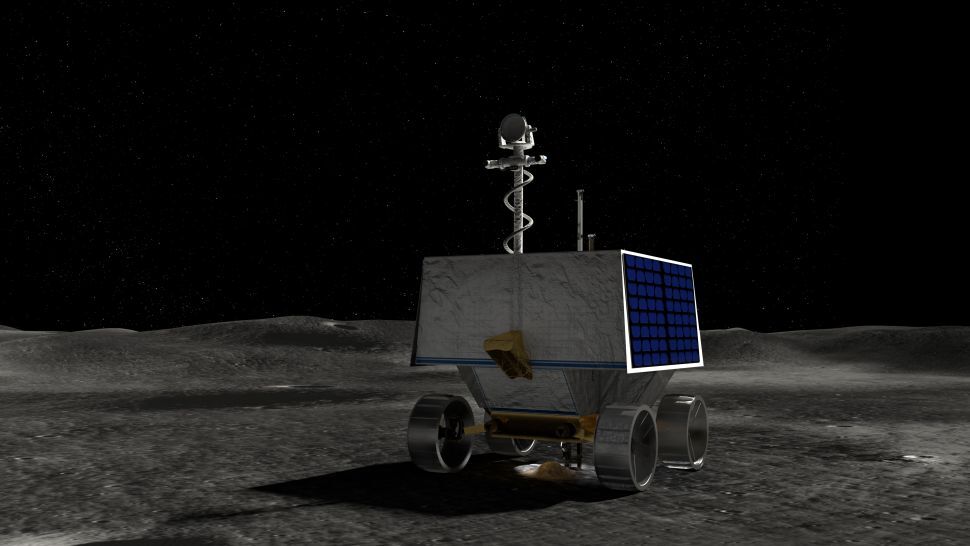21.07.2022
The one-year delay to November 2024 is needed for more und testing of commercial moon lander that will carry it.

NASA's new VIPER lunar rover must wait at least an extra year to search for ice on the surface of the moon.
The VIPER moon rover will now launch no earlier than 2024 following a NASA request for more ground testing of the Griffin lunar lander. Both Griffin and VIPER are made by the company Astrobotic.
The ice-hunting VIPER rover, the name is short for Volatiles Investigating Polar Exploration Rover, was supposed to touch down in November 2023 in the lunar south polar region to assess how much water might be available for human missions. NASA, however, asked for more time to assess Griffin's readiness for its debut mission, pushing the landing to November 2024.
"The additional tests aim to reduce the overall risk to VIPER's delivery to the moon," NASA said of the decision in a release(opens in new tab) Monday (July 18), but provided no other details. Astrobotic made no comment on social media or in a news release.
The Commercial Lunar Payload Services (CLPS) contract for Astrobotic will be allocated an additional $67.8 million to fulfill the extra work, bringing the total cost to $320.4 million, NASA stated.
VIPER and other CLPS missions like it are meant to test technology and to scout for resources on the moon before humans get there. NASA is now aiming for 2025 for the first touchdown of its Artemis lunar program, pending the success of predecessor missions. Artemis 1 is expected to do an uncrewed round-the-moon test later this year, at the earliest.
VIPER's mission was initially contracted in 2020 with a maximum value of $199.5 million, which was meant as a fixed-cost fee covering every aspect of launch and landing, NASA said at the time. Astrobotic subsequently selected SpaceX to launch the rover under a competitive procurement, choosing the Falcon Heavy rocket most famous for sending the "Starman" mannequin to space in 2018. NASA and Astrobotic had initially aimed to launch VIPER to the moon in December 2022, but delayed it to 2023 to allow time for upgrades to the rover to extend its life and science abilities.
Astrobotic has another CLPS mission to deliver a smaller lander, called Peregrine, to the moon no earlier than 2022. The Pennsylvania-based company announced(opens in new tab) Friday (July 15) on Twitter that Peregrine's collection of 24 small science payloads are successfully integrated with the lander's flight decks.
Quelle: SC
